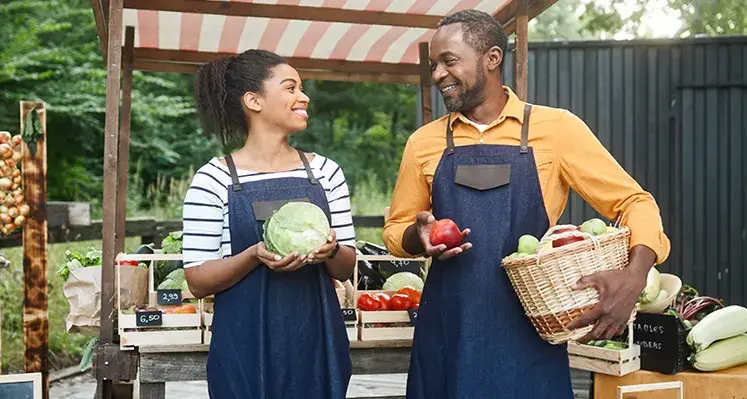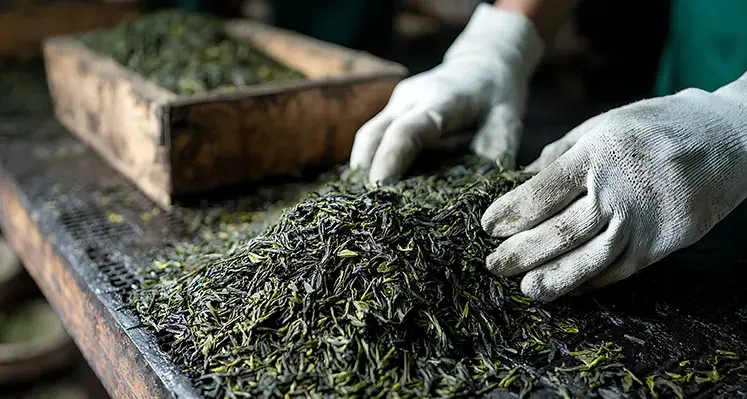The Plateau State Government has taken a decisive step towards transforming its agricultural sector with the launch of a seed potato programme in Butura, Bokkos Local Government Area, under Governor Caleb Mutfwang’s “Time Is Now” development agenda.
Speaking at the launch, Governor Mutfwang described the initiative as far more than a routine farming exercise, explaining that it represents the foundation of a long-term economic transformation for the state. According to him, the planting symbolises the birth of a new idea that connects Plateau’s rich farming heritage with a future focused on productivity, innovation and value addition.
Reflecting on his upbringing in a farming community, the Governor recalled his early involvement in potato cultivation and admitted that for many years local farmers believed they had perfected the crop. He explained that exposure to modern agricultural practices later revealed that only a small fraction of the crop’s true potential had been realised in Plateau.
This realisation, he said, informed the government’s decision to invest strategically in seed potato development and improved production systems. Governor Mutfwang noted that current yields of about seven tonnes per hectare are significantly below global standards, stressing the administration’s determination to raise productivity and profitability. The ultimate goal, he added, is to position Plateau as a competitive player in the international potato market.
The Governor explained that the Butura project marks the first phase of a broader agricultural strategy that includes processing, storage and export. He emphasised that ambitions of factories and foreign markets must begin with quality seed production and strong organisation at the farm level.
Highlighting Plateau’s climatic advantage, he observed that while many European farmers grow potatoes only once a year, Plateau can support multiple planting cycles. With proper management, even two cycles annually could substantially increase farmers’ incomes and boost the state’s economy.
However, he cautioned that achieving prosperity would require a change in mindset. Subsistence farming, he said, is no longer sustainable, urging farmers to embrace cooperatives, mechanisation and continuous training to attract investment.
The Governor assured traditional rulers and community leaders of government-backed security for the project and announced progress on complementary infrastructure. He revealed that the abandoned potato tissue culture laboratory in Mangu is nearing completion and should be ready by February next year, alongside planned improvements to rural roads.
He added that the Plateau Commodity Marketing Company would protect farmers from exploitation and unfair pricing.
Also present, Speaker of the Plateau State House of Assembly, Rt Hon Naanlong Daniel, praised the initiative and reaffirmed legislative support, while Bokkos Local Government Chairman, Hon Samuel Amalau, described the programme as a turning point for local farmers and food security across the region.












